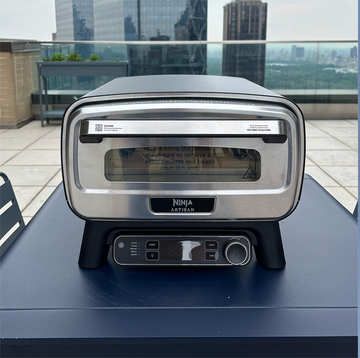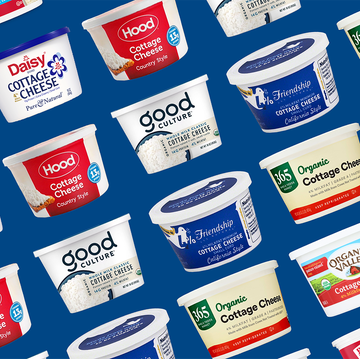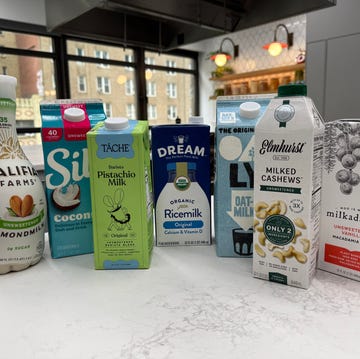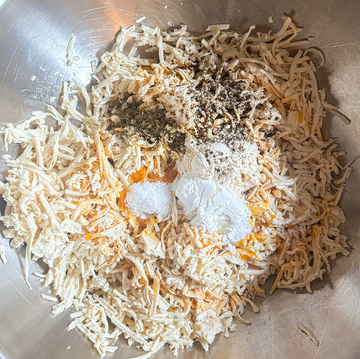Fried chicken, especially the spicy version featured in our recent issue, is best enjoyed at home, amongst good friends and family. Yes, we know it's not the easiest or quickest things to make, but don't be intimidated. Go ahead and give it a try. Here are some rules for achieving fried chicken perfection:
1. Brine It
Remember all that stuff we wrote about brining chicken before grilling it? It applies doubly to fried chicken.
2. Double Dip
Some people enjoy a thin, simple coating of flour on their fried chicken, which yields skin that's delicately crisp. Others, like myself, prefer a thicker coating that emits a resounding CRUNCHHHHHH when you bite into a piece. To achieve the latter, you must double dip (flour, buttermilk, then back into flour).
3. Tame the Flame
A lot of recipes make it sound like fried chicken is a set-it-and-forget-it-type of dish when it comes to getting the oil to the right temperature. Unless you're using a deep fryer, you'll have to fiddle with the heat a bit to maintain a nice, steady temperature that will neither burn up the outside of the chicken nor gently poach it into a sodden, greasy mess.
It's especially important to monitor the oil temperature by visual (and even auditory) cues when you're skillet-frying because deep fat thermometers don't really work in shallow skillets. I heat up my oil with the thermometer in the oil at an angle, propped up on one side of the skillet. Once it hits 325°F, I remove the thermometer to get it out of the way, put the chicken in, and, between batches, spot check the temp. I often find that you have to sway back and forth between medium-high and medium. When your chicken's actually in the pan, watch and listen. The chicken should be bubbling steadily, but not too vigorously, the whole time. Also, use your common sense. An average piece will take about 12 to 18 minutes to cook. If there are dark brown spots after only a couple of minutes, you know they'll be burnt up by the time the insides are cooked, so reduce the heat.
4. Mind Your Mess
Is it the grease that's preventing you from attempting to make this dish? Use a splatter screen. It's effective and costs about $10.
5. Keep It Out of the Oven
Some people insist their food be served super hot, but please do not put the freshly fried chicken in the oven. You will just soften the perfectly crisp crust you've just worked so hard to achieve. Don't forget that fried chicken is traditionally picnic food, meant to be served at room temperature, and our recipe ensures a crunchy exterior, even straight out of the fridge (I can personally attest to this). If you simply MUST serve it warm, just keep the cooked chicken parts on a rack fitted into a baking sheet in a warm spot in your kitchen. When I'm at home, that usually means on the two (unlit) burners next to the one I'm frying on.
6. Reheat With Care
Okay, fine, if the idea of fried chicken straight out of the fridge weirds you out, you can reheat. To do it without compromising the crust, place a sheet of foil on your bottom-most oven rack, preheat your oven to 400°F, and then place the chicken directly on the upper rack, above the foil (which is there to catch anything that might drop down). Yes, directly on to the rack. This way, the hot air circulates around each piece of chicken without steam making the crust soggy.
With these nuggets of advice, we hope you'll try out our fabulous recipe. If you're not big on spice, feel free to leave out the spice paste.
Sherry Rujikarn is an assistant editor in the Good Housekeeping Test Kitchen.
This article originally appeared on GoodHousekeeping.com.
More Summer Party Treats:
New Ways to Use Up That Big Watermelon
5 Ingredient Ice Cream Pies
Boozy Beer Cocktails













